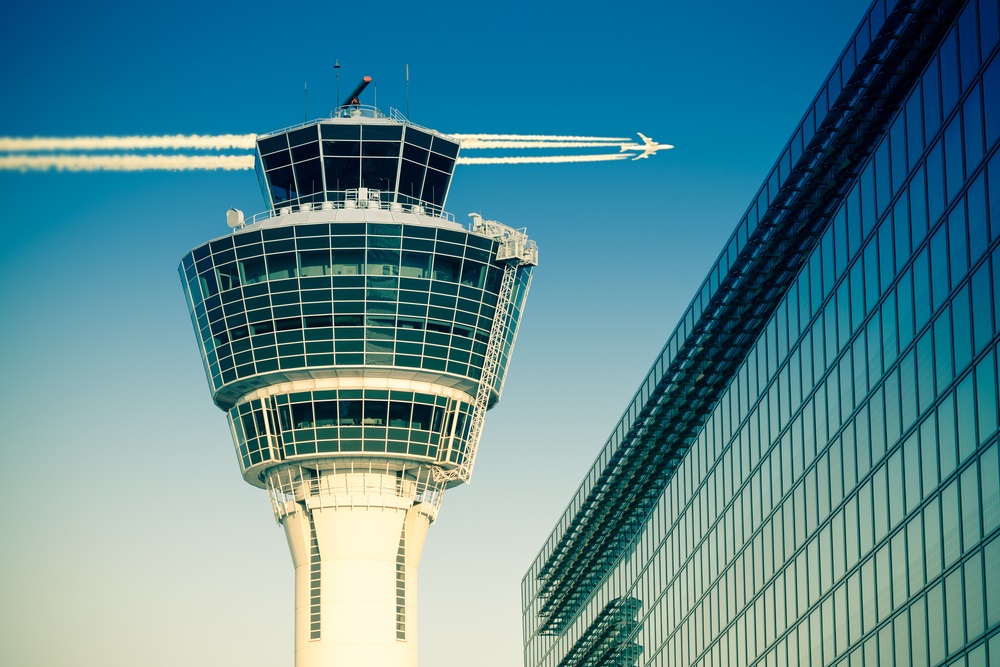Digital Towers: The Future?

Technology is well and truly revolutionising airports! We have seen self-check-in, computerised passport control, robotics and even automated car parks. However, it doesn’t stop there. Advancements have been made to transform air traffic management.
The latest concept which is becoming widely accepted is digital towers. According to the NATS, “a digital tower provides everything a normal tower does, despite also being several million pounds cheaper.”
Across the industry, airports are looking to expand with new runways, bigger terminals and advanced routes. Air traffic numbers have been increasing consistently over recent months and are expecting to double over the next 20 years. Due to the growth, the procedures we have in place now need to develop and change in order to manage the steep increase in activity. Operations across the entire airport management team are going to be stretched even further so technology needs to be utilised to keep procedures smooth, safe and secure.
Digital towers have been developed which will ultimately remove the need for management on-site. Super-fast fibre networks, high definition cameras and remote sensing has been established to transmit images and data to allow remote management of air traffic control.
The images generated are of the highest quality and produce a panoramic view of the airport. This can be developed further to produce the sounds of the planes and engines to ensure the controller’s situational awareness isn’t jeopardised and the lighting can be set to match the environment.
The developments made are truly ground-breaking and will massively change air traffic management – it already is in some airports!
There are, unsurprisingly, some concerns towards the technology as it is such a crucial element of airport management. Fears regarding safety, cybersecurity and resilience have all been raised, however, the NATS are confident in their experience, resources and thorough testing. They have used the best in class equipment and use 3 entirely separate fibre network connections to ensure resilience.
When the digital tower was first produced, the concept was thought for smaller airports with low traffic to make sure they can continue running efficiently. However, the NATS are assured there is no reason the technology shouldn’t be used in larger airports and we can see this with London City incorporating remotely operated digital towers as an alternative to their current traffic control tower! This is part of the airports £480million development programme and by 2020, they plan to have the entire air traffic management operation situated in Hampshire.
It is great to witness the innovative developments digital technology is allowing, truly transforming the airport management sector as we know it… what’s next?